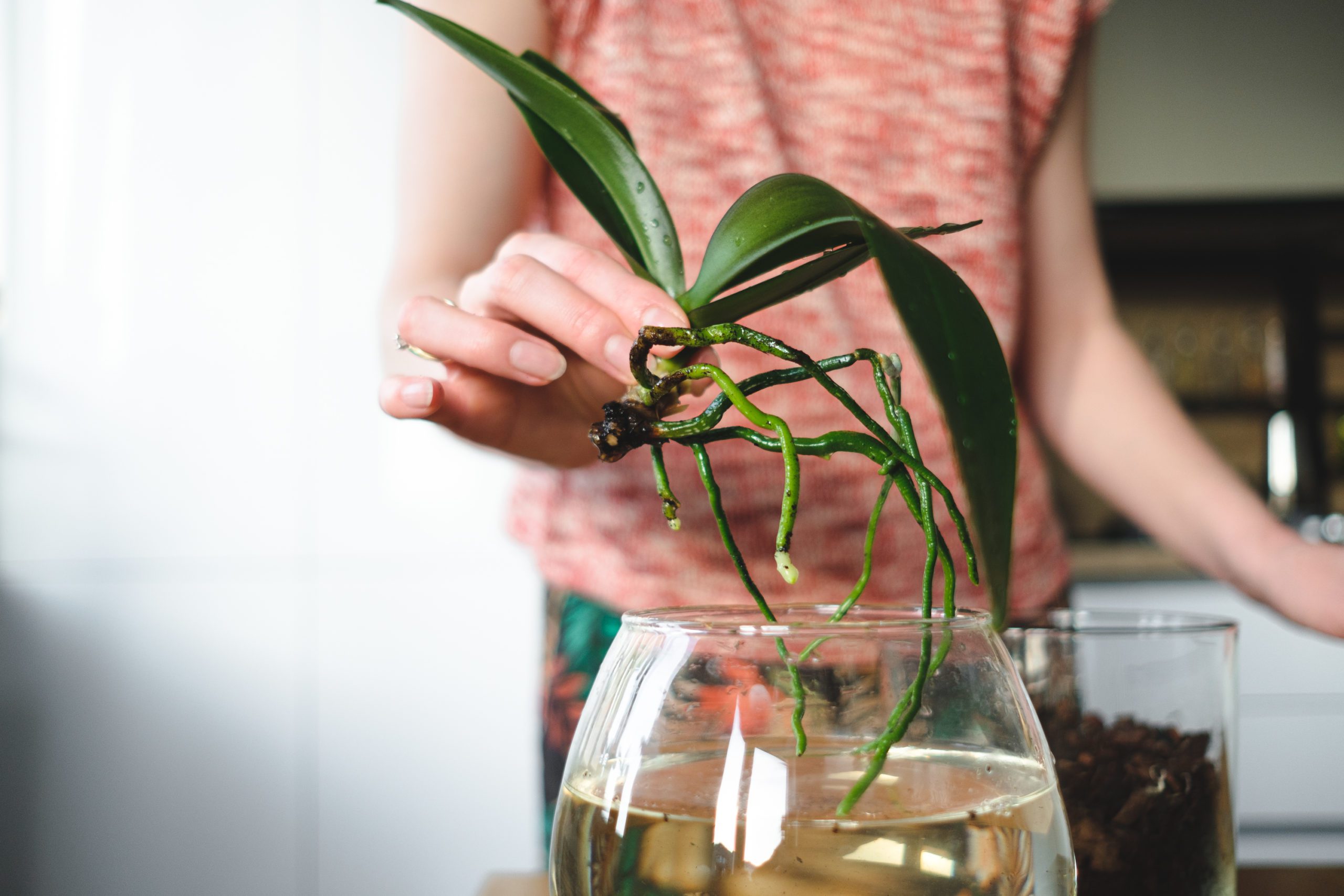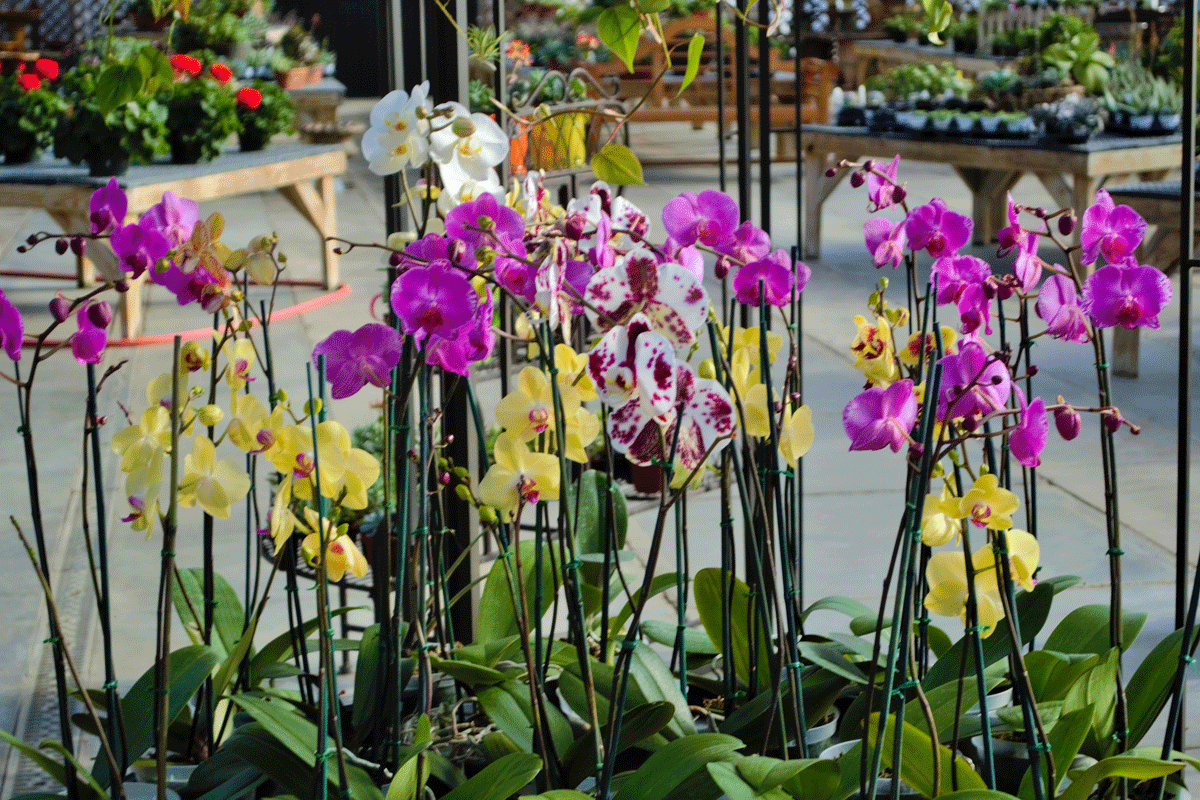How to Grow Orchids Indoors: Beginner's Guide

Imagine transforming your home into a lush, tropical paradise with the addition of stunning orchid blooms. Growing orchids indoors for beginners might seem daunting, but with the right care tips and a bit of patience, you can cultivate these exotic beauties with ease. Let's dive into the world of indoor orchid growing and discover how to make your orchids thrive.
Understanding Orchids: The Basics
Before we delve into the specifics of orchid care tips, it's essential to understand the basics. Orchids are not your typical houseplants; they are epiphytes, meaning they grow on other plants or trees in their natural habitat. This unique characteristic affects how they absorb water and nutrients, making their care slightly different from other indoor plants.
Choosing the Right Orchid
When starting your indoor orchid growing journey, it's crucial to select the right variety. Phalaenopsis, commonly known as the moth orchid, is an excellent choice for beginners due to its resilience and ease of care. Other beginner-friendly options include Dendrobium and Oncidium orchids.
Creating the Perfect Environment
Light: The Key to Healthy Orchids
Orchids love bright, indirect light. Think of it as the Goldilocks principle—not too much, not too little, but just right. Aim for a spot near an east- or west-facing window where the light is bright but not direct. Avoid south-facing windows, as the intense sunlight can scorch the leaves.
Temperature and Humidity
Orchids thrive in temperatures between 60°F and 75°F (15°C and 24°C) during the day and a slight drop at night. Humidity is also crucial; aim for 40-60% relative humidity. You can achieve this by placing a tray of water near your orchids or using a humidifier.
Watering and Fertilizing
The Art of Watering Orchids
Watering orchids is a delicate balance. Overwatering can lead to root rot, while underwatering can cause dehydration. A good rule of thumb is to water your orchids once a week, allowing the water to drain completely. Ensure the pot has adequate drainage to prevent waterlogging.
Fertilizing for Optimal Growth
Fertilizing is essential for promoting healthy growth and vibrant orchid blooms. Use a balanced, water-soluble fertilizer specifically designed for orchids. Dilute the fertilizer to half the recommended strength and apply it every other watering.
Potting and Repotting
Choosing the Right Pot
The right pot can make a significant difference in your orchid's health. Opt for a pot with plenty of drainage holes to prevent waterlogging. Clear plastic pots are popular as they allow you to monitor the roots' health easily.
When and How to Repot
Orchids typically need repotting every 1-2 years. Signs that it's time to repot include roots growing out of the pot, the plant becoming top-heavy, or the potting mix breaking down. Gently remove the orchid from its pot, trim any dead roots, and repot it in fresh orchid mix.
Common Problems and Solutions
Yellowing Leaves
Yellowing leaves can indicate overwatering or too much direct sunlight. Adjust your watering schedule and move the orchid to a spot with indirect light.
No Blooms
If your orchid isn't blooming, it might not be getting enough light or the right temperature fluctuations. Ensure it's in a bright spot and experiences a slight temperature drop at night.
Pests and Diseases
Orchids can be susceptible to pests like mealybugs and spider mites. Regularly inspect your plants and treat any infestations promptly with insecticidal soap or neem oil.
Conclusion
Growing orchids indoors for beginners is a rewarding journey that can transform your home into a tropical oasis. With the right care tips and a bit of patience, you can enjoy the beauty of orchid blooms year-round. Remember, the key to successful indoor orchid growing is understanding their unique needs and creating the perfect environment.
So, are you ready to embark on this exciting adventure? Your home is just waiting to be adorned with the elegance of orchids. Happy growing!

FAQs
How often should I water my orchids?
Water your orchids once a week, ensuring the water drains completely. Adjust the frequency based on the humidity and temperature in your home.
What type of orchid is best for beginners?
Phalaenopsis orchids, also known as moth orchids, are an excellent choice for beginners due to their resilience and ease of care.
How much light do orchids need?
Orchids thrive in bright, indirect light. Place them near an east- or west-facing window to provide the ideal lighting conditions.
What temperature is best for orchids?
Orchids prefer temperatures between 60°F and 75°F (15°C and 24°C) during the day, with a slight drop at night.
How do I know when to repot my orchid?
Signs that it's time to repot your orchid include roots growing out of the pot, the plant becoming top-heavy, or the potting mix breaking down. Repot every 1-2 years for optimal growth.

0 Response to "How to Grow Orchids Indoors: Beginner's Guide"
Post a Comment